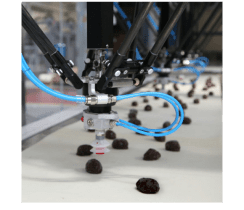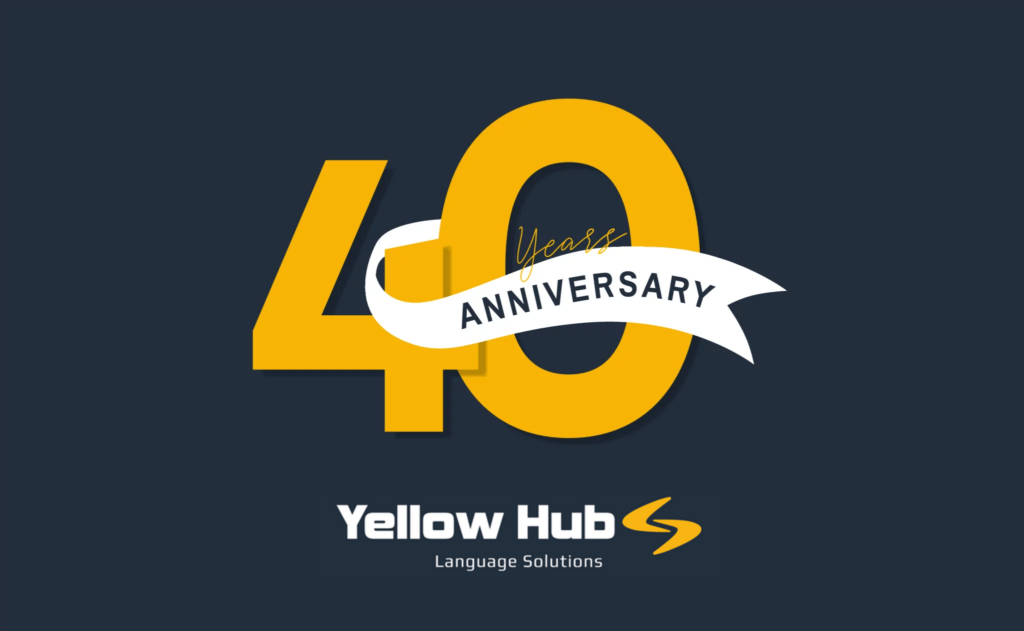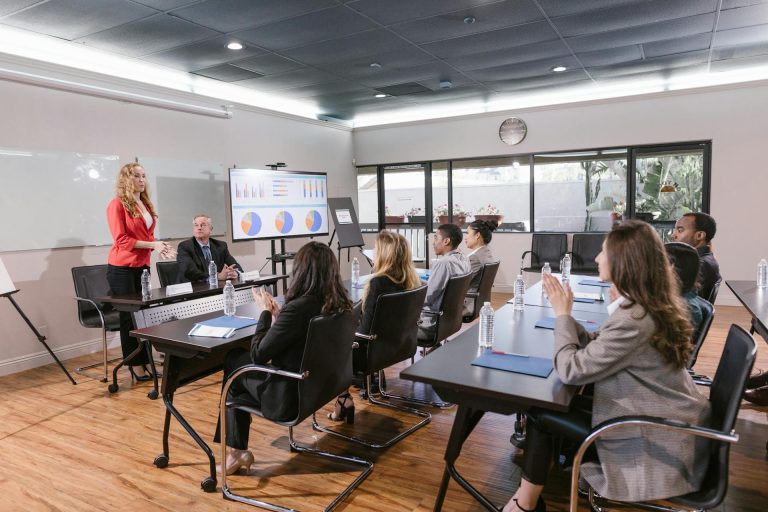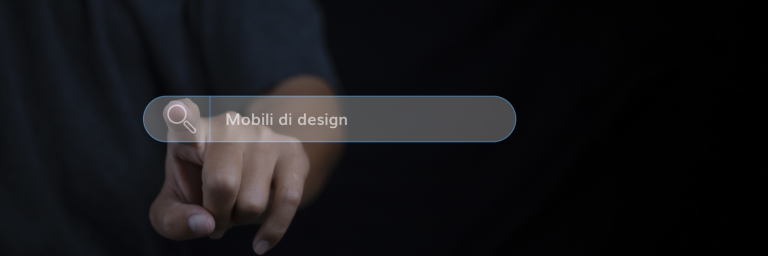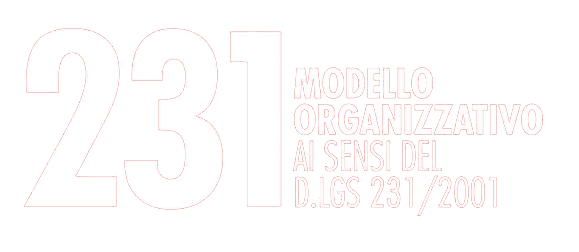From content creation to its translation, artificial intelligence is revolutionizing numerous aspects related to natural language processing. Among these, its impact on the realm of dubbing and voice-over stands out — two fascinating techniques that allow us to enjoy audiovisual content in various languages.
Historically tied to entertainment—television, series, and movies—dubbing is a widespread practice in Italy, but also in countries like Germany, Spain and France. Behind this art, dubbing professionals have been our unseen companions as we delight in our favorite shows.
From the distinctive tones of Meryl Streep to the iconic utterances of Homer Simpson, the voices of these professionals have become a staple in our daily lives. The rise of streaming has further boosted this industry.
While dubbing focuses on character performance, voice-over—aimed at narration and communication—is extensively employed in advertising and marketing, especially by companies seeking to communicate in the native languages of their target audience.
However, the escalating costs of content production and adaptation across diverse languages, with increasingly complex and voluminous demands, are not feasible for every business.
What if we told you that it’s now possible to execute voice-overs for your videos while dramatically reducing production costs? Thanks to artificial intelligence, which has evolved from generating robotic and unnatural voices to creating realistic sentences and conversations, a significant breakthrough has been achieved. Leveraged by machine learning, AI solutions are the future of voice-over, capable of producing voices that are more accurate, engaging, and captivating.
Recently, the production team at Yellow Hub has been closely investigating these technologies, aiming to provide new solutions for translating and adapting audiovisual content. To showcase the capabilities of this innovative product, we’re excited to present a selection of examples from tests conducted with internal corporate videos
Here is our original video, produced by our marketing team and narrated by a talented human voice artist.
Here is a replica of the same video, this time, the script has been recreated using an advanced artificial intelligence-driven voice system.
This is the same video, this time featuring a Scottish accent with a female voice generated by artificial intelligence.
This is another version, this time with an Australian accent.
The results are astonishing. Yet, as language solution specialists, we must point out that automated voice-over techniques perform better for narrators or presenters not visible on screen (automatic voice-over), where lip-syncing is not required.
These solutions are ideally suited for linguistically adapting eLearning programs, tutorials, webinars, corporate presentations, and podcasts.
On the other hand, for high-impact audiovisual content where human presence is crucial in evoking emotions, the irreplaceable skill of voice actors remains irreplaceable.
At Yellow Hub, we’re dedicated to exploring effective, state-of-the-art technological solutions. If you have audiovisual material needing adaptation into different languages, we encourage you to reach out to our team of professionals. We’re here to guide you to the most suitable solution for your needs.

